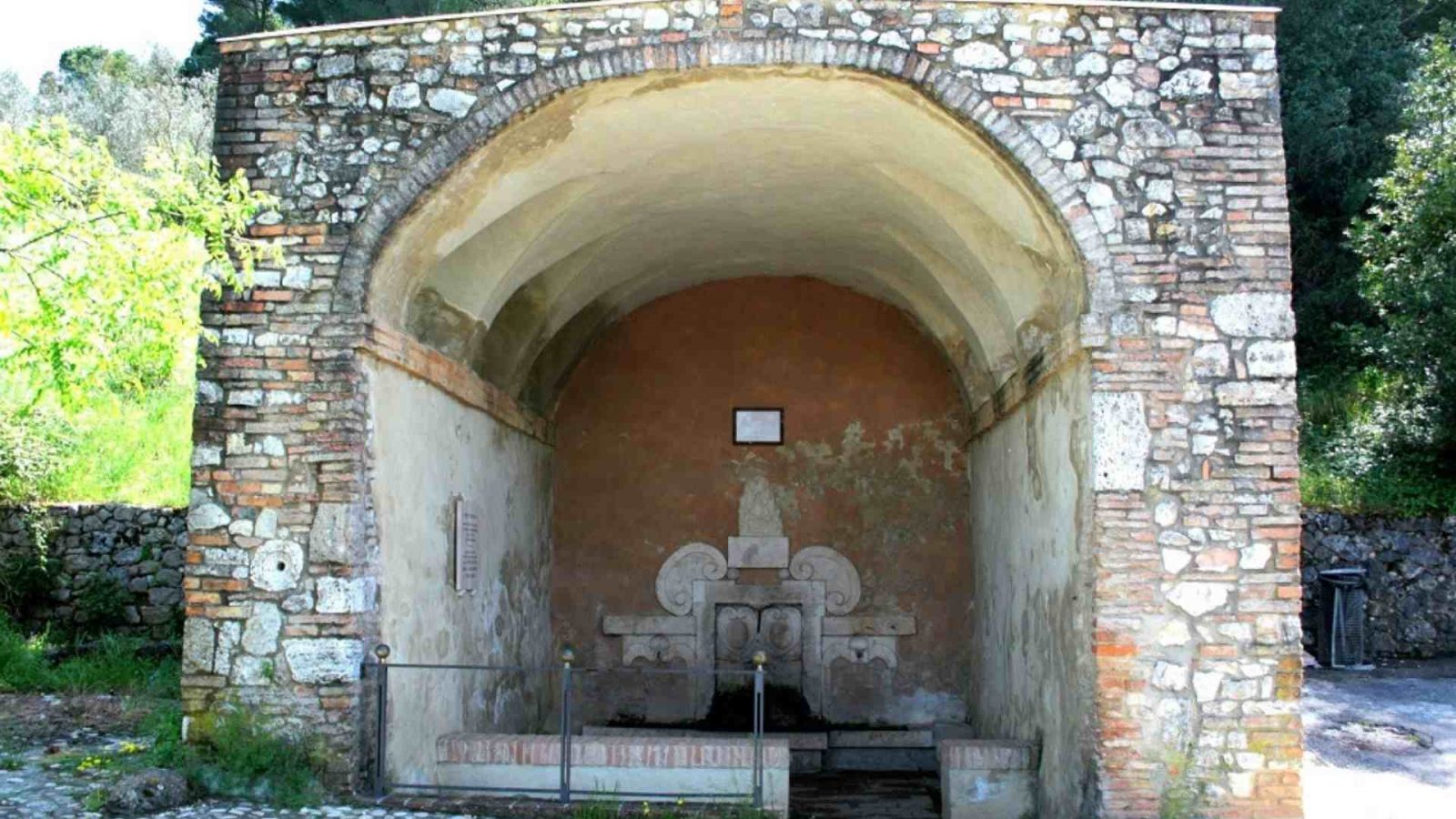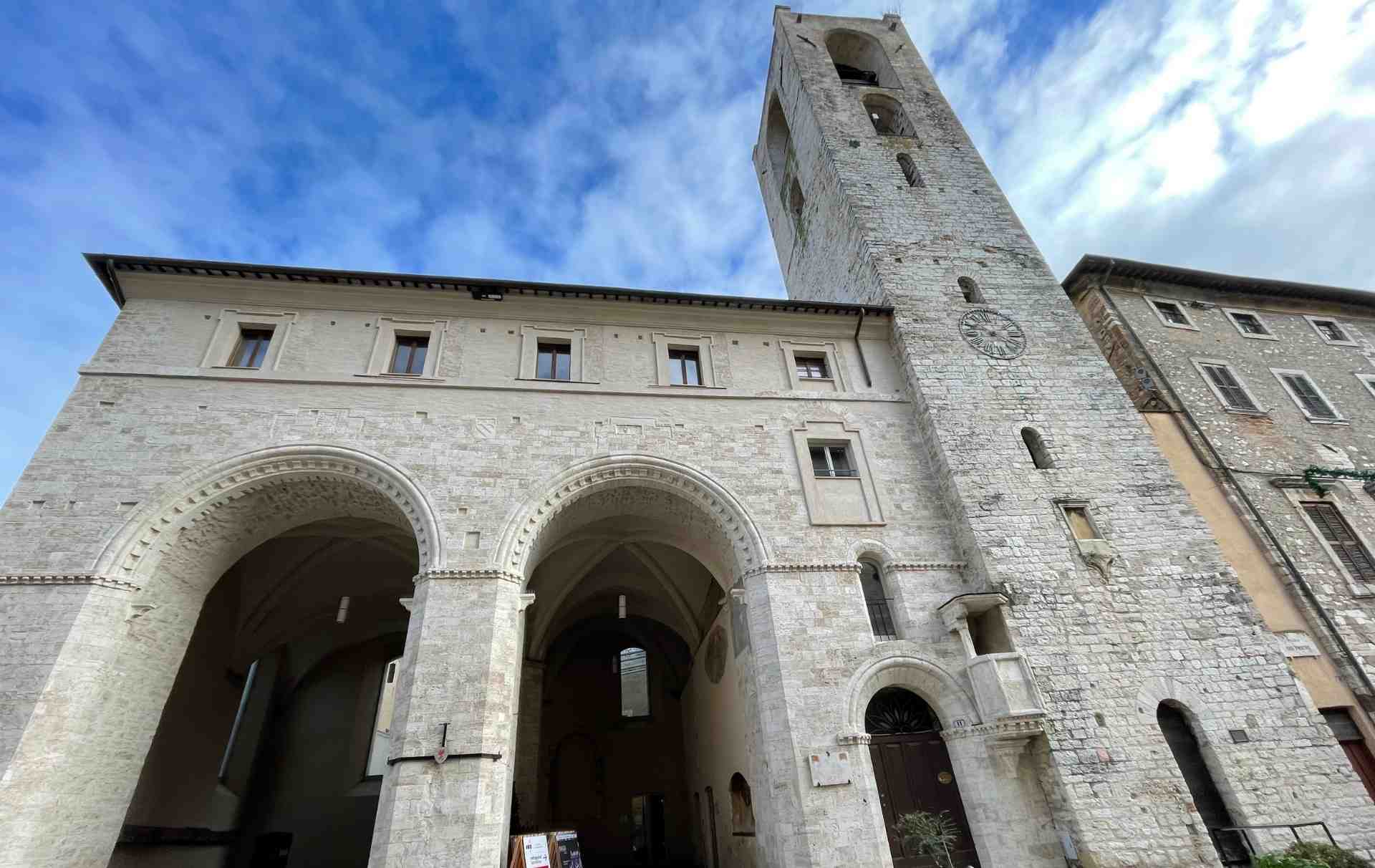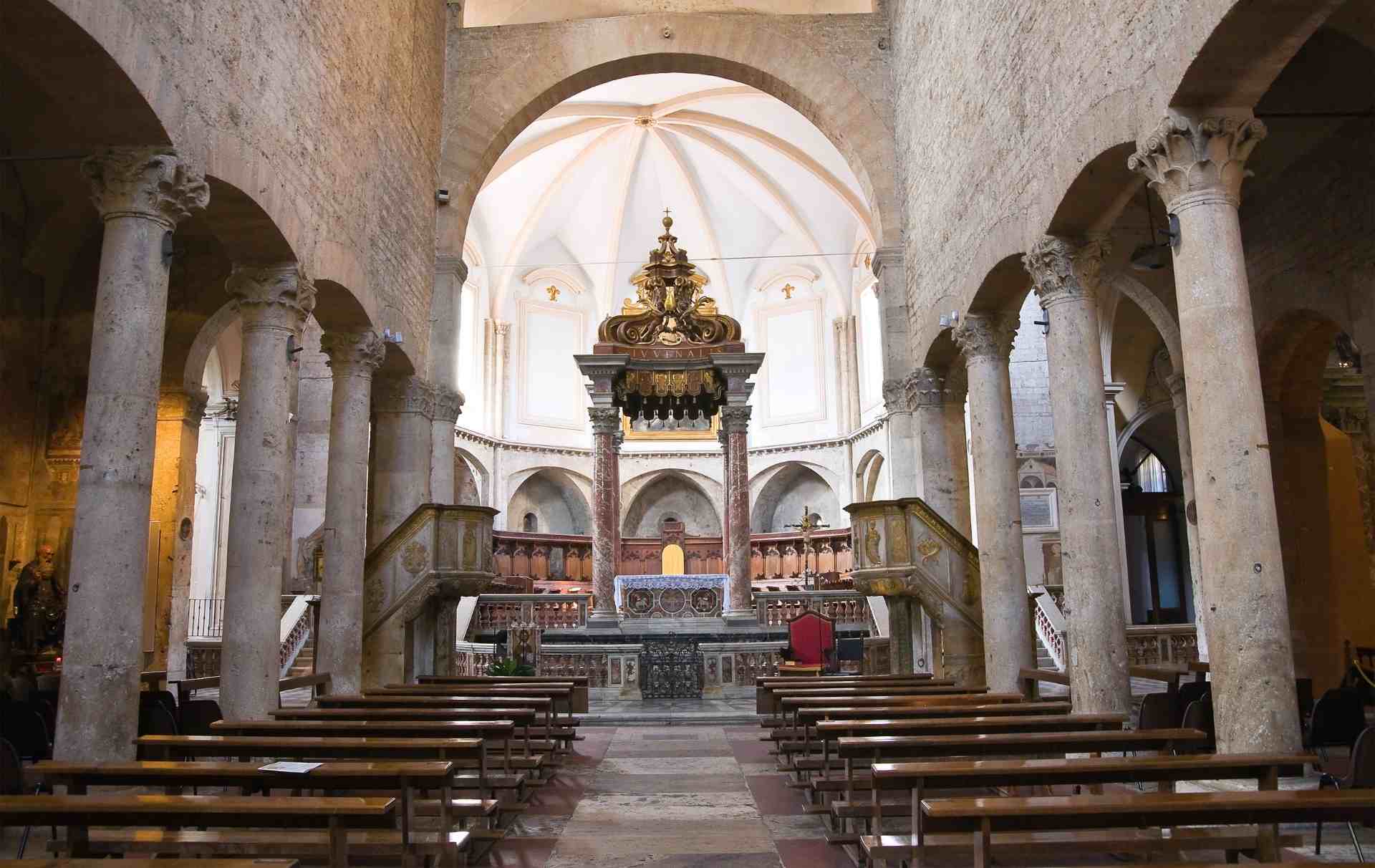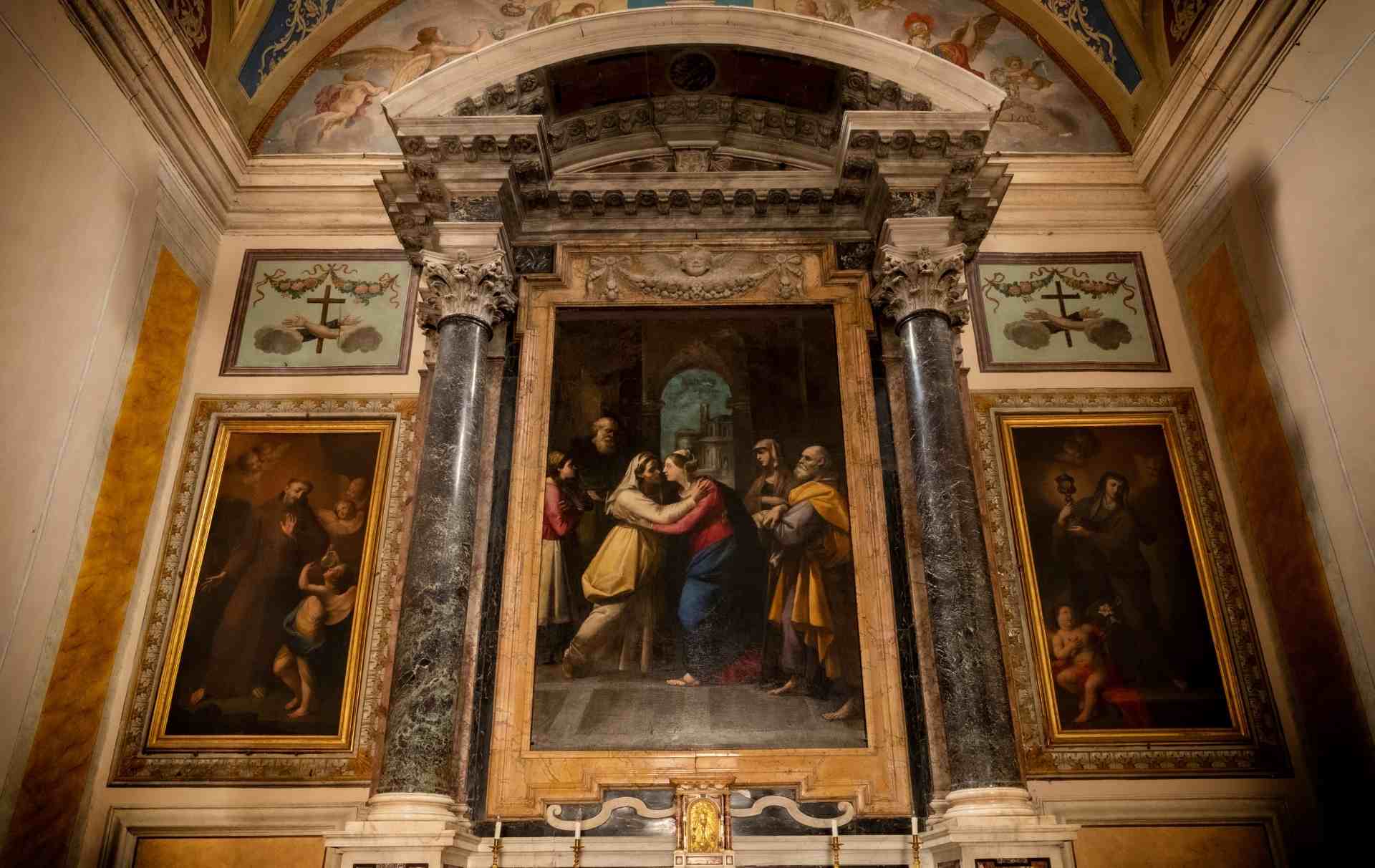Along the homonymous narrow street which goes up to the Rocca Albornoz of Narni, the Feronia Wellspring, use even today, preserve the memory of a place devoted to this italic divinity, connect to the cult of the waters and venerated by the people of central Italy also before of the coming of romans.
A spring dedicated to the ancient Italic goddess Feronia.
Following the thesis of Giovanni Cotogni, writer of the end of 1800, supported that in Nequinum – the name of Narnia before of the coming of romans – there was a place of cult with a spring, a temple and a sacral wood (lucus) dedicated to the goddess Feronia.
The temple, her statue and the sacral wood of shady elci, were disrupted by the first christians and, consequently, that place was nominated “maccia mortua” (dead spot).
The archeological evidence has attested the existence of the wellspring from the IV-III secolo BC. Since then, it has intercepted the aquifers through a tunnel that for the mixed construction technique (part of the polygonal square work) takes back to that period.
Although no other evidence has been found, is probably that even in Narni, as in others sites dedicated to the goddess – especially near the sanctuary of the Lucus Feroniae where actually there is Scorano in Lazio – Feronia was venerated as a healthy goddess , and that existed a lucus dedicated to her outside of the city.
It is also indicate inside the first document in Regestum Farfense of 1100, where it is refere to the want of a noble of Narni, a certain Beraldi di Rolando , to donate all his goods to the Abbey of Farfa except for the “maccla mortua quae vocatur Ferone” (“the dead spot called Feronia”).
A light, pure and good water.
For the lightness, the purity and the goodness of the water, the Feronia Spring has always been preferred to the other sources of Narni, so much to be considered imbued with therapeutic virtues and to be sung in an elegy by the Hungarian poet Giano Pannonio who quenched his thirst in 1458.
Now the water goes inside a building from a canal inserted in a bas-relief where there is an inscription with the name of a governor who restored it between the end the 1500 and the beginning of the next century.

Feronia Spring
Via Feronia – 05035, Narni
The Feronia Wellspring is reachable by car going the homonymous street, or by walking and parking the car in the parking of the Rocca Albornoz.
It is possible to park in a reserve area nearby the Albornoz Fortress.
Discover Narni.
Continue to walk with us discovering what to see inside the walls of Narni.
Or discover the points of interest of Narni and of its territory:

Priori Palace
For the particular architecture and the elements which compound it, the Priori Palace of Narni is one of the most beautiful monuments of Umbria. The

The central aisle
Entering the Cathedral of Narni, from piazza Cavour it’s suggested to go in the center to look at the building in all of its elements:

The Church of Santa Restituta
The charming Church of Santa Restituta is meeting going down through Via Mazzini before Piazza Galeotto Marzio. The Church of Santa Restituta and the Monastery


